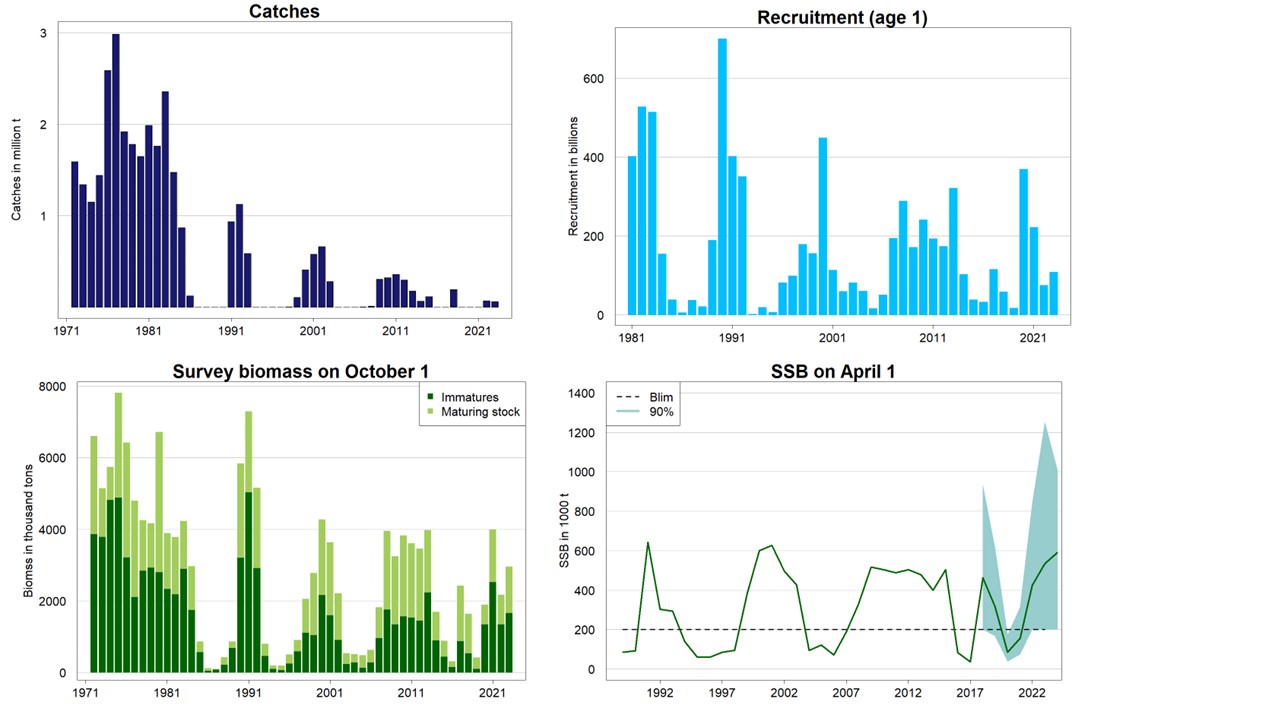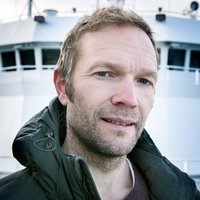Kvoteråd: Lodde i Barentshavet

Lodda i Barentshavet blir sjelden større enn 20 centimeter og 50 gram.
Fotograf: Jan de Lange / HavforskningsinstituttetAnbefalt kvote 2024
196 000
tonn
Anbefalt kvote 2023
62 000
tonn
Avtalt kvote 2023
62 000
tonn
Publisert: 16.10.2023 Oppdatert: 26.10.2023
Advice on fishing opportunities
The Joint Russian-Norwegian Working Group on Arctic Fisheries (JRN-AFWG) advises that when the Joint Norwegian–Russian Fisheries Commission management plan is applied, catches in 2024 should be no more than 196.000 tonnes.
Stock development over time
Spawning‑stock size is above Blim. No reference points for fishing pressure have been defined for this stock.




